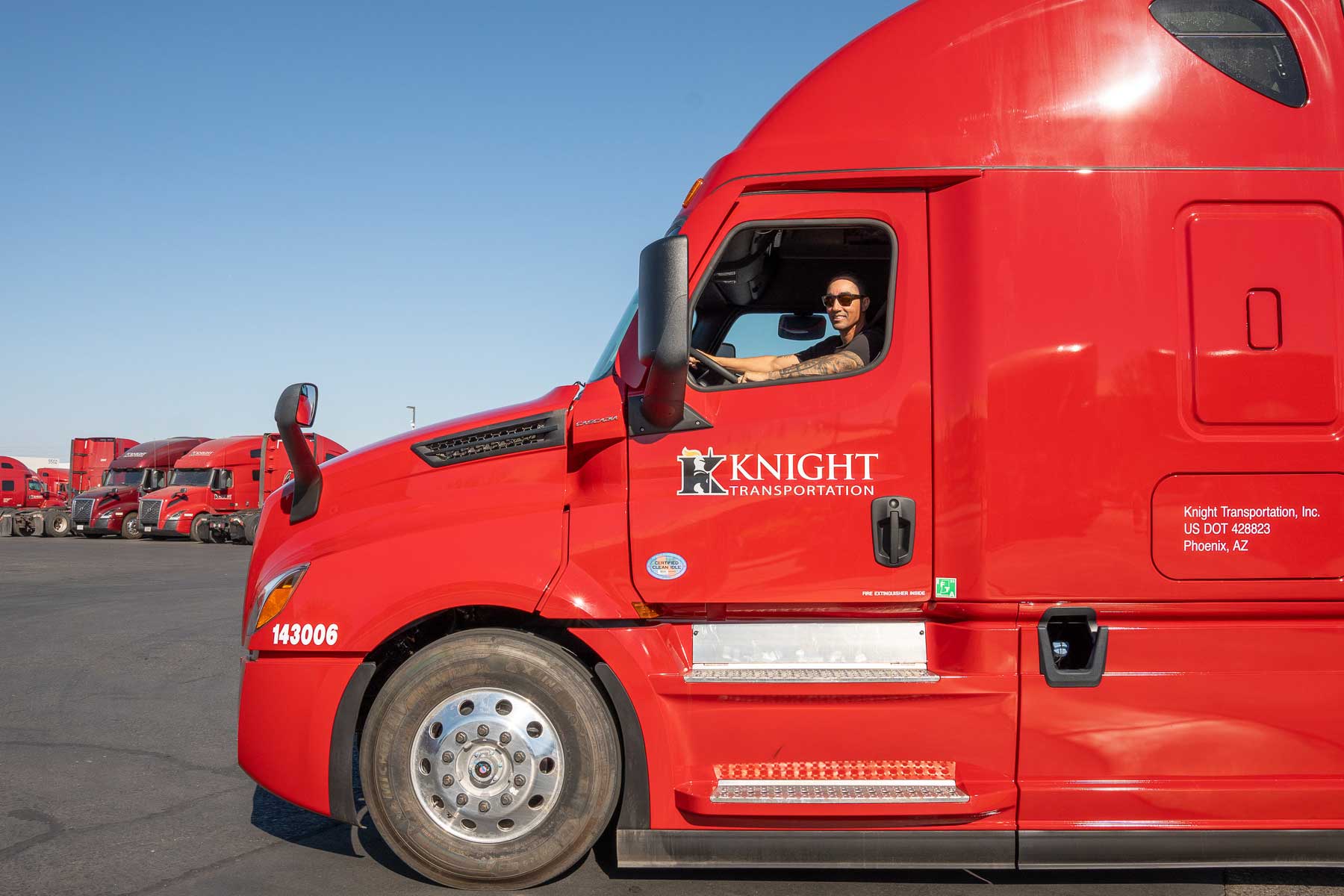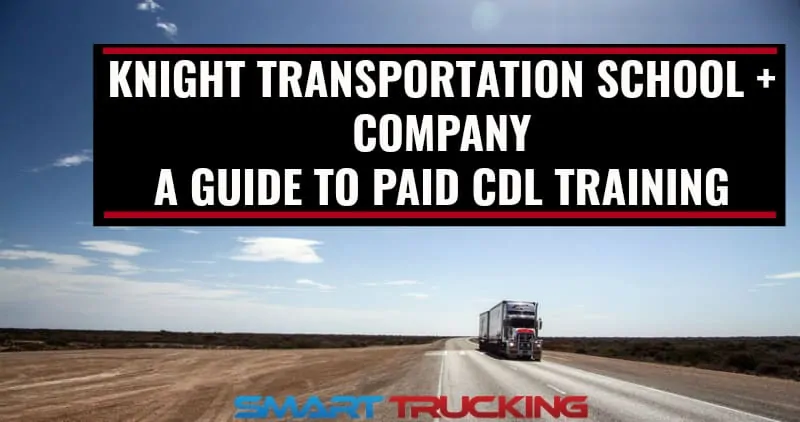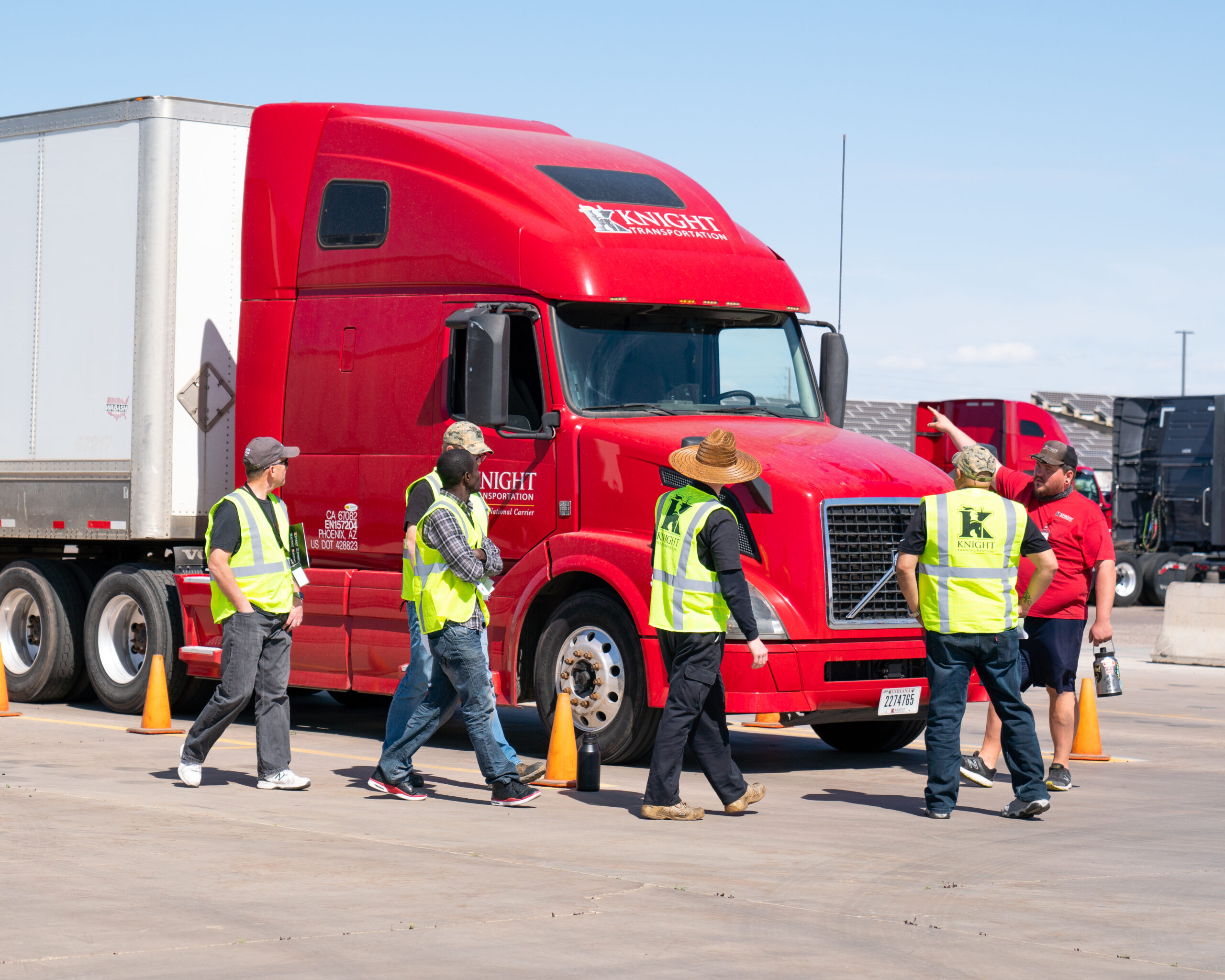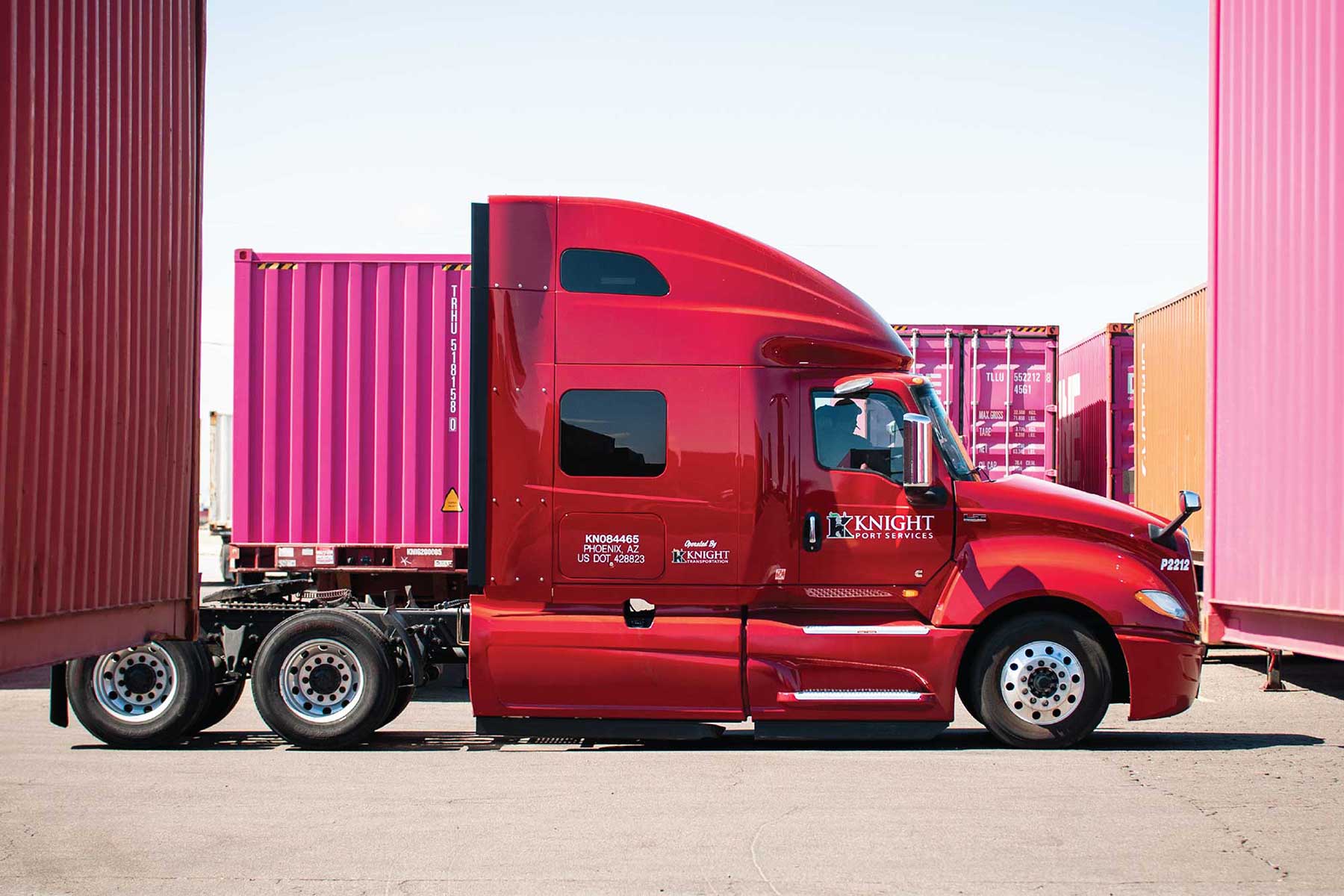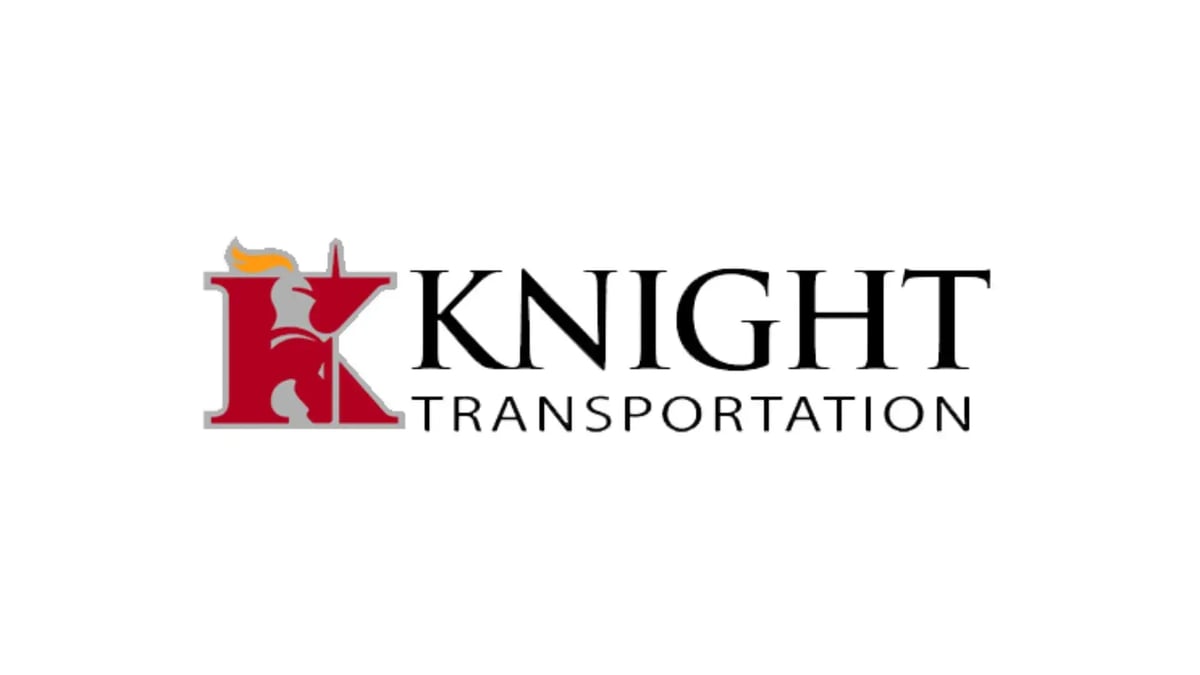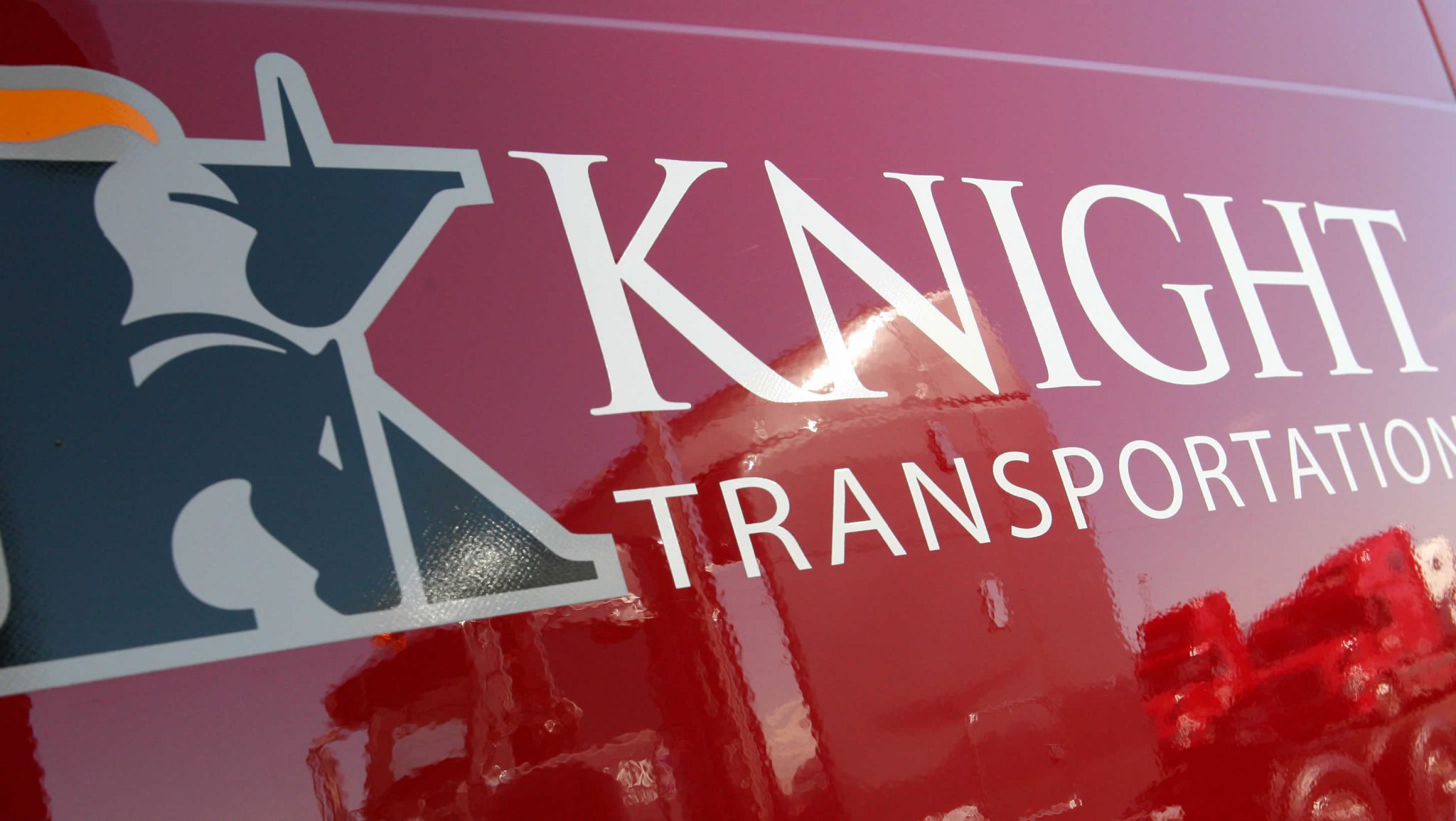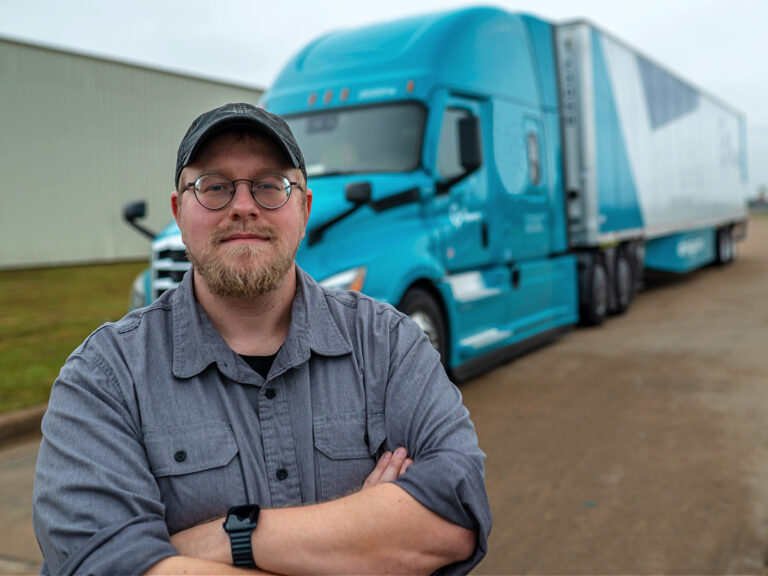Knight Transportation Free Cdl Training

The nationwide shortage of truck drivers continues to plague supply chains, impacting everything from grocery store shelves to construction projects. With an aging workforce and demanding lifestyle, the trucking industry is struggling to attract and retain new talent. Knight Transportation, one of the largest trucking companies in North America, is actively combating this crisis with its free CDL training program, aiming to equip individuals with the skills and licenses needed to embark on a lucrative trucking career.
The program, however, isn't without its critics, as some industry observers raise concerns about training quality and driver retention rates post-graduation. This article delves into the specifics of Knight Transportation's free CDL training program, examining its structure, benefits, and potential drawbacks while providing insights into the broader context of the driver shortage and the effectiveness of company-sponsored training initiatives. Is this a golden ticket to a well-paying job, or a carefully constructed solution that primarily benefits the company itself? The answers lie within the details.
Knight Transportation's Free CDL Training: A Detailed Look
Knight Transportation offers free CDL training through its network of driving academies located across the United States. The program is designed for individuals with little to no prior driving experience, providing them with the knowledge and skills necessary to pass the commercial driver's license exam and operate a tractor-trailer safely. This initiative represents a significant investment by Knight Transportation, directly addressing the growing need for qualified drivers in the industry.
The curriculum typically includes classroom instruction covering topics such as federal motor carrier safety regulations, vehicle maintenance, and map reading. Students also receive extensive behind-the-wheel training, practicing maneuvers and driving techniques under the supervision of certified instructors. The length of the training program varies depending on the location, but generally ranges from three to seven weeks.
Benefits of the Program
The most obvious benefit is the elimination of upfront tuition costs, which can be a significant barrier for many individuals seeking a CDL. Commercial driving schools can charge thousands of dollars for comparable training, placing it out of reach for those with limited financial resources. Knight's program removes that financial obstacle.
Furthermore, graduates are typically offered immediate employment with Knight Transportation, providing a guaranteed job upon completion of the training. This built-in job offer eliminates the uncertainty and stress of job hunting for new drivers, giving them immediate income and on-the-road experience.
The company also provides benefits such as health insurance and retirement plans to its drivers, which are often superior to those offered by smaller, independent trucking companies. These benefits can contribute to long-term job satisfaction and retention.
Potential Drawbacks and Criticisms
One major concern is the contractual obligation that comes with free CDL training. Typically, graduates are required to work for Knight Transportation for a specified period, often one year, to repay the cost of their training.
If a driver leaves Knight before fulfilling this commitment, they may be required to reimburse the company for the remaining balance of their training expenses. Critics argue that this arrangement can trap drivers in unfavorable working conditions, preventing them from seeking better opportunities elsewhere. This can also create pressure on the driver to perform even when tired or sick, potentially compromising safety.
"Drivers need to be aware of the fine print," warns John Doe, a trucking industry analyst.
Another concern is the quality of training provided by company-sponsored programs compared to independent driving schools. Some argue that the emphasis on quickly filling driver positions at Knight may lead to a less comprehensive training experience. Resources may be stretched, and the instructors might be under pressure to graduate students quickly, potentially compromising the quality of instruction.
There are also questions raised about driver retention rates. While Knight offers immediate employment, the demanding nature of the trucking profession can lead to high turnover rates, even among graduates of their training program. Long hours away from home and the stressful conditions on the road can contribute to driver burnout and dissatisfaction.
The Broader Context: Addressing the Driver Shortage
The driver shortage is a complex issue with multiple contributing factors. An aging workforce, stringent regulations, and the demanding lifestyle of truck drivers are all contributing to the problem. According to the American Trucking Associations (ATA), the industry faces a shortfall of tens of thousands of drivers.
Initiatives like Knight Transportation's free CDL training program are one attempt to address this shortage. However, they are not a silver bullet. Addressing the underlying causes of the driver shortage, such as improving working conditions and offering competitive pay and benefits, is crucial for long-term sustainability.
Looking Ahead
Knight Transportation's free CDL training program offers a pathway to a trucking career for individuals who might not otherwise have the opportunity. However, prospective students should carefully consider the terms and conditions of the program, including the contractual obligations and potential drawbacks. While it provides a valuable entry point, it's essential to understand the commitments involved. As the industry evolves, ongoing efforts to improve driver retention and attract new talent through enhanced training, competitive compensation, and improved working conditions are crucial for maintaining a stable and efficient supply chain. The future of trucking depends on it.
